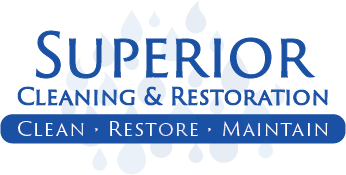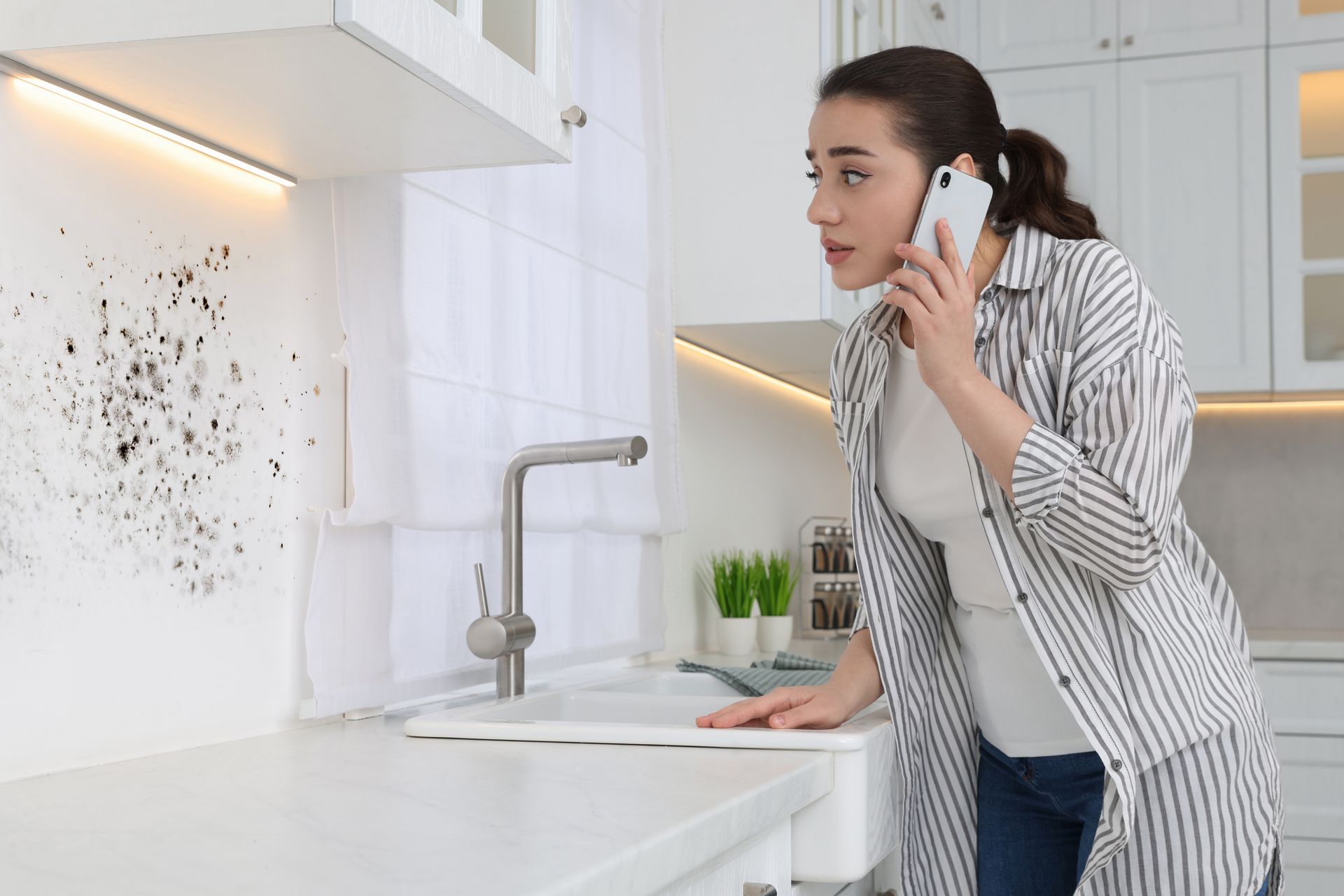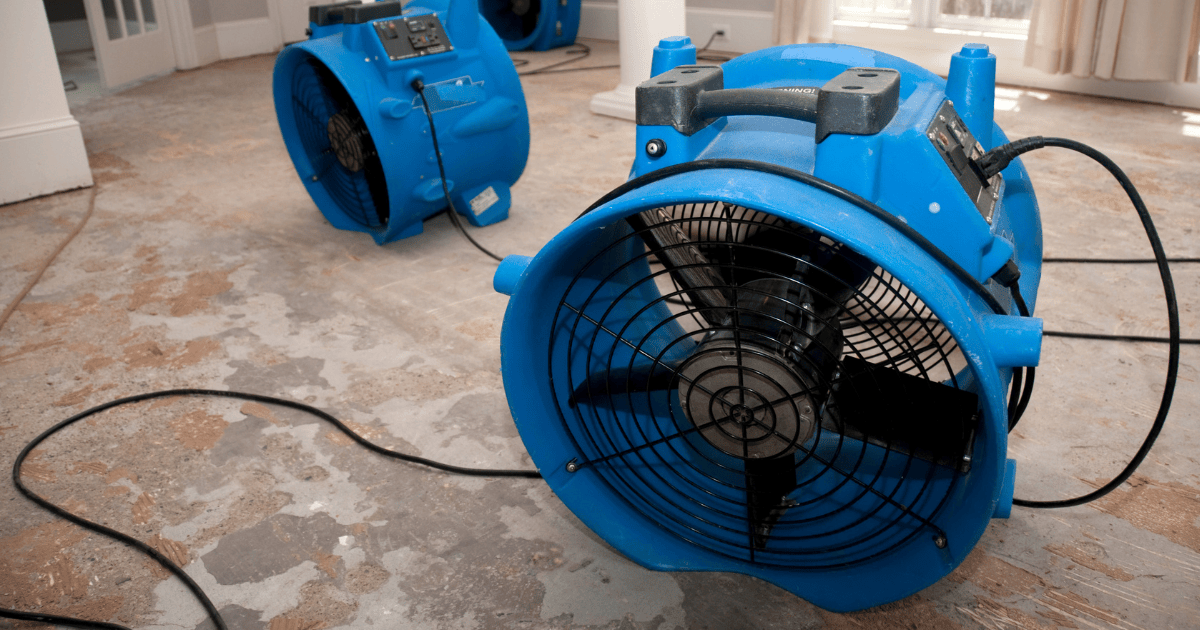
Water can be incredibly destructive if it finds its way into places it shouldn’t.
Unfortunately, there are endless ways in which water damage can occur to a property. And, of course, each must be dealt with in a different way.
For example, a burst pipe from a malfunctioning appliance will result in a very different type of cleanup and restoration process to a slow leak from a roof.
Therefore, to know just how much water restoration services cost, several factors must first be considered.
1) What type of water is it?
In the world of water damage restoration, there are three types of water: clean water, gray water and black water.
Clean water is exactly as it sounds. This is water that has come from leaky faucets, toilet tanks, burst pipes, faulty water heaters, broken sprinklers or rain. Importantly, this contains no contaminants. That said, if left unattended for too long, this can change.
As one might expect, clean water is the least costly to clean up. Most clean water issues will cost around $3.75 per square foot to clean up.
Gray water, meanwhile, is relatively clean water that is waste from appliances, such as sinks, bathtubs, washing machines and dishwashers. This costs more to clean up, with an average cost of around $4.50 per square foot.
Black water, by contrast, is the most difficult to clean up. This is water that comes from a contaminated source such as a sewage pipe. Because of the extreme risk of contamination, cleanup can cost around $7 per square foot.
2) How extensive is the damage?
In addition to categories of water type, the extent of water damage is also divided into four classes which have a big impact on the final cost of restoration.
Class 1 is the easiest and cheapest to clean. In this case, the damage won’t be widespread, with only part of a single room affected by water damage. The average cost of this will be between $150 and $400.
Class 2 damage refers to when an entire room is covered in water, including the walls 12 inches up from the floor. Here, property owners might be expected to pay between $500 and $1,000.
Class 3 damage affects most of one room or multiple rooms, including ceilings, walls, subflooring and insulation. This will cost between $1,000 and $3,000 to repair.
Finally, class 4 damage is the most severe and can be extremely expensive to remedy. This normally applies to restorations following a hurricane or flood and can cost between $20,000 and $100,000.
3) The type of damage
Most restoration companies separate water damage into five categories of varying severity. The cost of remediation, therefore, varies accordingly:
- Cosmetic damage ($150 to $1,000)
- Damage to personal items ($500 to $1,500)
- Electrical damage ($1,200 to $3,000)
- Mold growth ($1,500 and $4,000)
- Structural damage ($1,500 to $10,000)
4) Where is the damage?
The location of the water damage also impacts the remediation cost.
For example, a leaky roof costs, on average, $1,000 to repair. A basement that has an inch of clean floodwater will cost from $500 to $1,500; if it’s two feet of black water, it can cost $2,500 or more.
Even though it’s smaller than a basement, a bathroom, because of the greater complexity of the restoration job, can cost up to $3,000 to clean and repair.
5) Is there a threat of mold?
While structural damage is a major concern following water damage, the dangers posed by mold growth should not be underestimated.
In some cases, mold may be clearly visible to the naked eye. However, in others, it can go undetected and colonies can start to grow beneath baseboards, window frames, door frames, floorboards or drywall, putting the health of a building’s occupants at risk of allergies and respiratory problems.
Removing mold costs, on average, around $2,000. This normally includes professional mold testing and a customized mold remediation plan.
6) Is additional restoration work necessary?
If the water damage was extensive, additional repair and restoration work might be necessary. For example, if the drywall needs to be replaced or the flooring needs to be ripped up, the cost can shoot up considerably.
When it comes to repairing and restoring bathroom fixtures, this can cost between $150 and $350, with plumbing services ranging from $1,000 to $4,000.
Ceilings are often more expensive to restore (between $350 and $1,300). Flooring, meanwhile, could cost between $200 and $500, while drywall has an approximate restoration cost of between $300 and $800.
7) Labor costs
Labor costs to repair water damage vary widely. On average, companies charge between $70 and $200 an hour for labor.
The total number of hours needed is, of course, dependent on the type of repairs needed. A restoration project that is a simple water evacuation and drying job will be a lot quicker than one that involves removing drywall and carpets and carrying out repairs.
It should also be taken into account that a water restoration company will offer a flat rate, when compared to hiring multiple different contractors with different specialties. For example, a roofer might charge $30-$90 per hour, while an electrician might charge $40-$125.
Superior Cleaning & Restoration, the full-service water damage restoration professionals
When part of a property is affected by a natural disaster, a burst pipe, or a leaky faucet, any water damage needs to be addressed immediately.
A professional water damage restoration company, with both extensive experience and the state-of-the-art equipment necessary to handle any water disaster quickly, effectively and safely, can help property owners to avoid the most common pitfalls of any cleanup, minimizing damage and the overall cost in the long term.
Experienced cleanup teams, such as those offered by Superior Cleaning & Restoration, know how to assess a situation quickly and devise a plan that gets the area cleaned quickly enough to prevent any additional damage.
For water restoration services in Central Wisconsin, call (715) 804-2340 for an estimate or consultation.
More To Explore
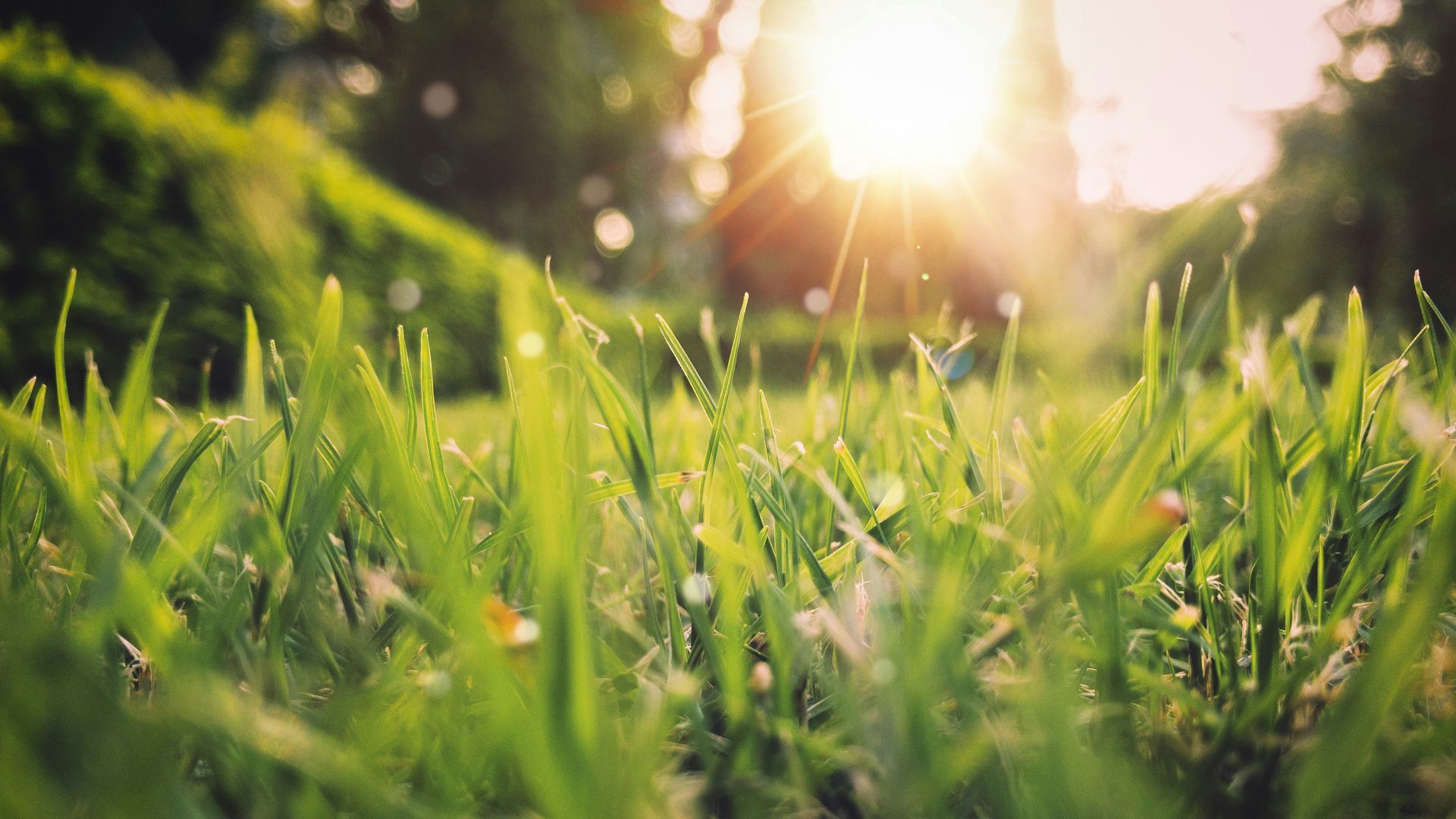
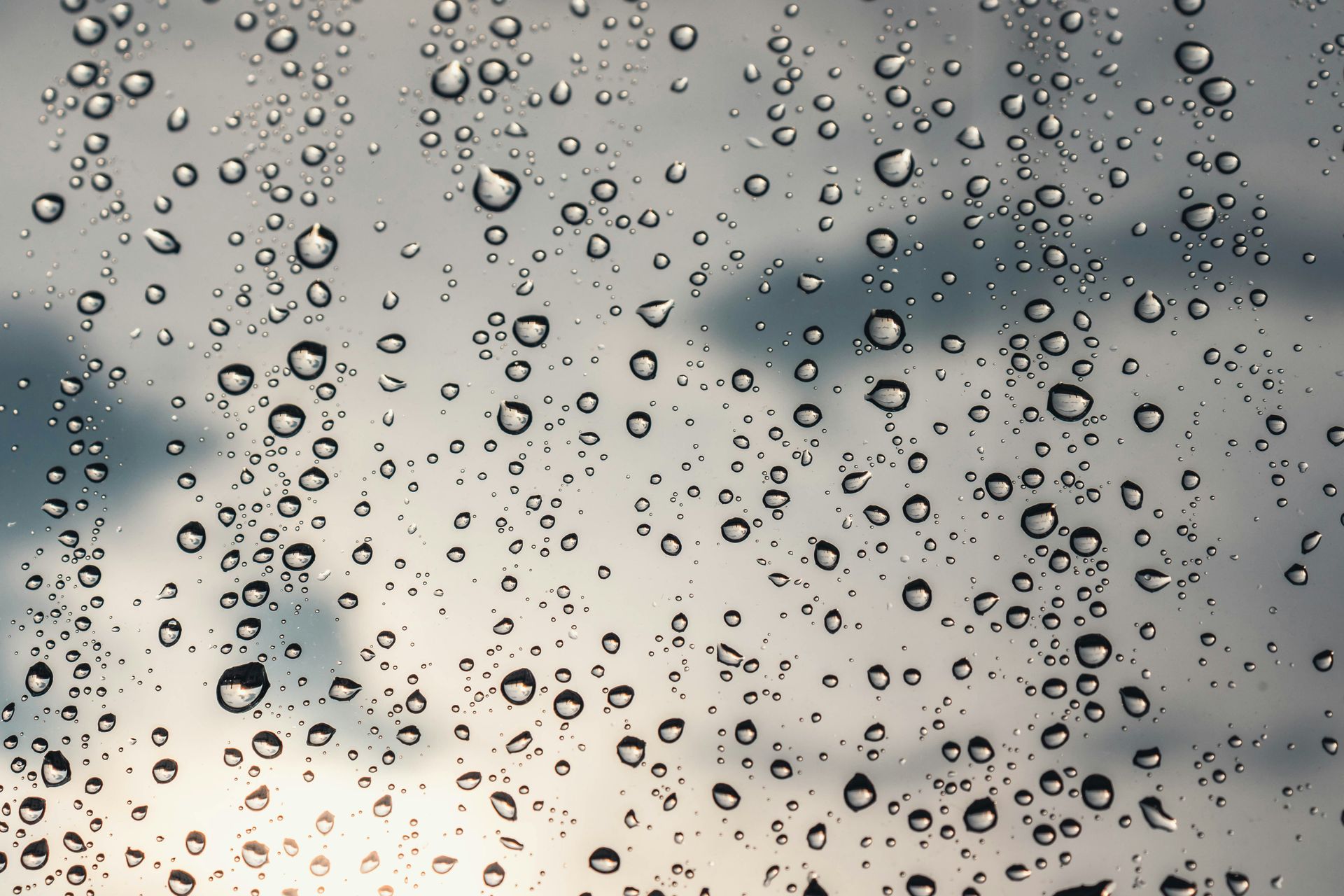
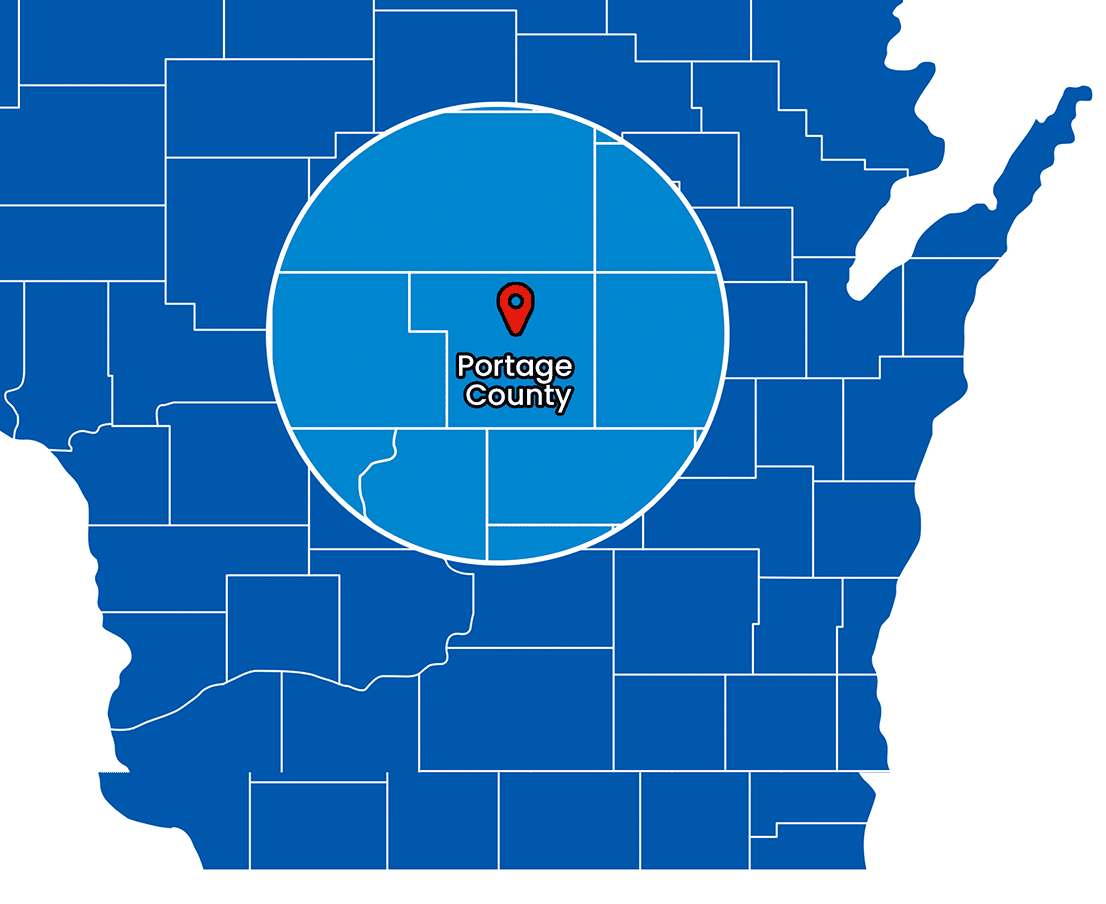
Superior Cleaning & Restoration Service Areas
Get A Free Estimate
Do you have questions, need more information, or a would you like a worry-free, no obligation estimate? Fill out this bit of information and we'll contact you asap!
Need Help With Cleaning & Restoration?
GET A FREE QUOTE TODAY
We are IICRC certified and hire only the most trustworthy and dedicated team members to ensure that each job is taken seriously and handled with absolute professionalism.
All Rights Reserved | Superior Cleaning & Restoration
